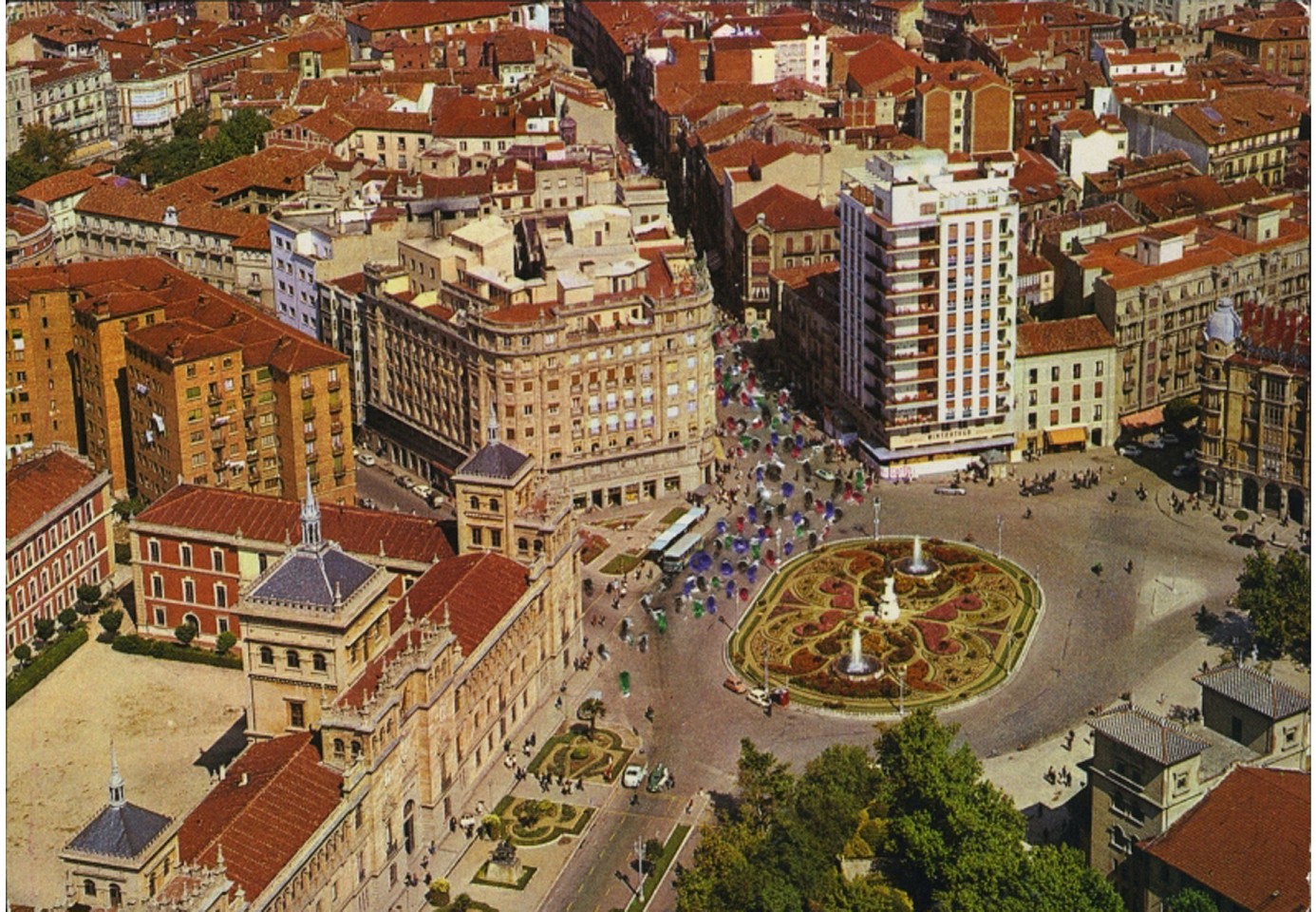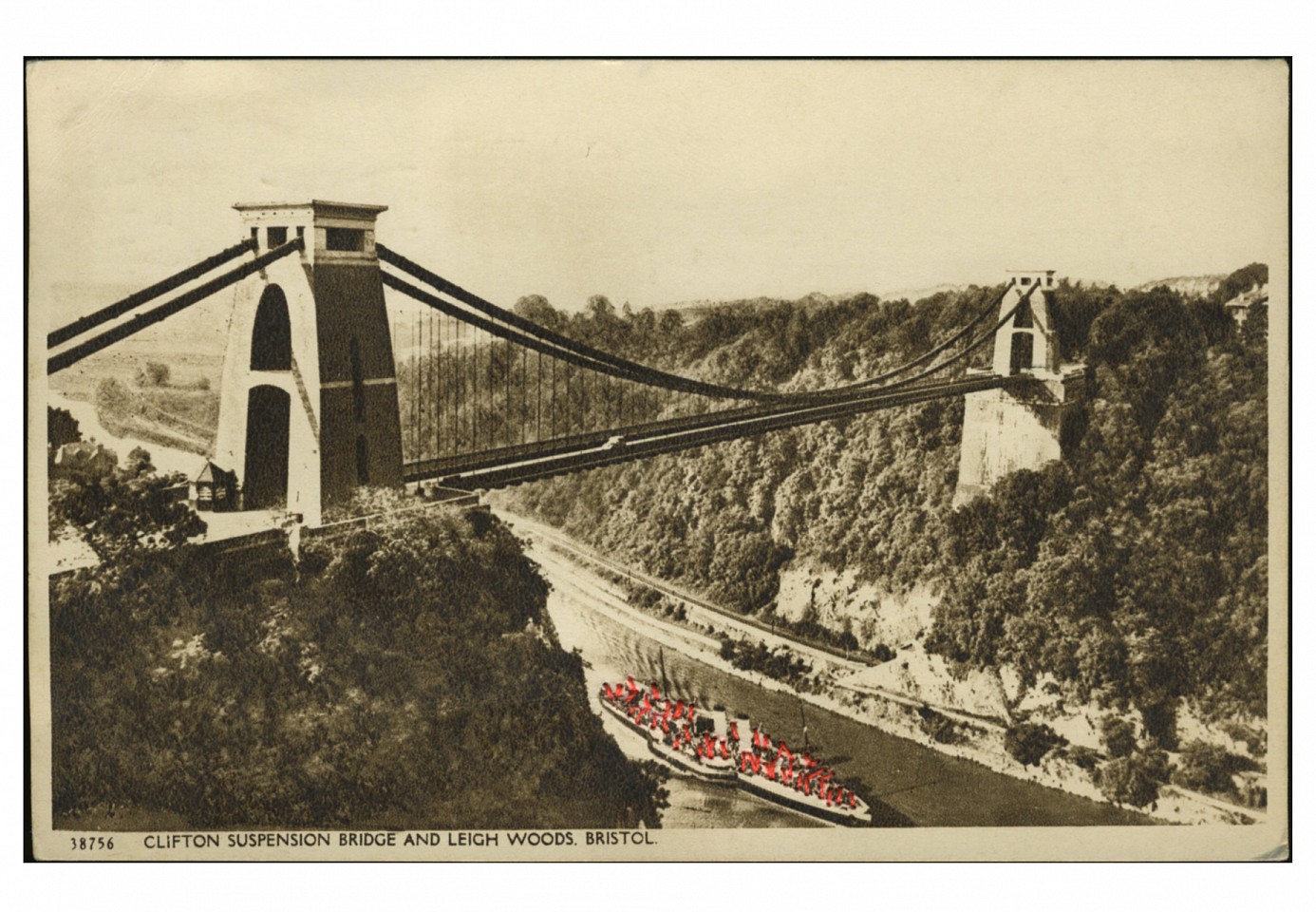Aya Haidar
Postcard Collection 1: Untitled 1, 13, 17, 33, 43, 46, 52, 53, 57, 61, 85 and 86, 2016
Embroidery on postcard
From the Wish You Were Here series
AYH0071
Aya Haidar
Postcard Collection 2: Untitled 2, 6, 18, 40, 44, 54, 34, 31, 8, 9, 11 and 12, 2016
Embroidery on postcard
From the Wish You Were Here series
AYH0072


Wish You Were Here is a collection of 100 used postcards from across Europe, which are doctored using hand embroidery. Each subtle intervention presents a social commentary reflecting the current landscape across the region.
Postcards serve to highlight the beauty of a city or landscape yet never seem to present the whole reality. The composition of the postcard images are so well framed and immaculate that such embroidered interventions serve to broaden the lens towards a more realistic insight of the current socio-political context. Beautiful shots of the Mediterranean coast are carefully altered to include rubber dinghies carrying refugees towards shore or gorgeous piazzas play host to a multitude of tented settlements or protests.
The embroidered additions take such stagnant images and pull them into a current discourse of border politics amidst an ever escalating refugee crisis. The title, Wish You Were Here, has a direct relational association to postcards and highlights the link that postcards have to 'home' or a sense of 'longing for home'. The irony of the pun intended, that someone would 'wish they were there' when considering the stark reality of what is being represented. Each embroidered postcard is unique and presents its own narrative. They are presented as an installation, onto rotating postcard stands, for the audience to navigate around and intimately view and reflect on the reality that each postcard presents.
ATHR presents Wish You Were Here, a solo exhibition by Lebanese/British artist, Aya Haidar.
Haidar’s inaugural solo exhibition at Athr Gallery showcases independent bodies of work, collectively generating dialogue around themes of displacement and notions of home.
Haidar’s family fled their native Lebanon during the war in 1982, leaving their home and belongings behind. Some 30 years later, this home was revisited and belongings collected.
The selection and extraction of these personal items evokes a deep nostalgia and unearths poignant memories of a time lost but never forgotten. The reworking of these found objects pulls them from the relative into the discursive where notions of home, forced migration and memory lie at its core, presented within a present-day global socio-political context.
Although the focus of the subject matter stems from the personal and regional, it expands into the universal as these wide ranging issues spill across boundaries and span time.
On display is a range of Haidar’s most recent works, ranging from site specific sculptural installations, sound pieces and embroidered interventions. The exhibition has been carefully curated to flood the senses, building a layered discourse and resonant understanding through light, sound and craft.




























